#Botany
Text
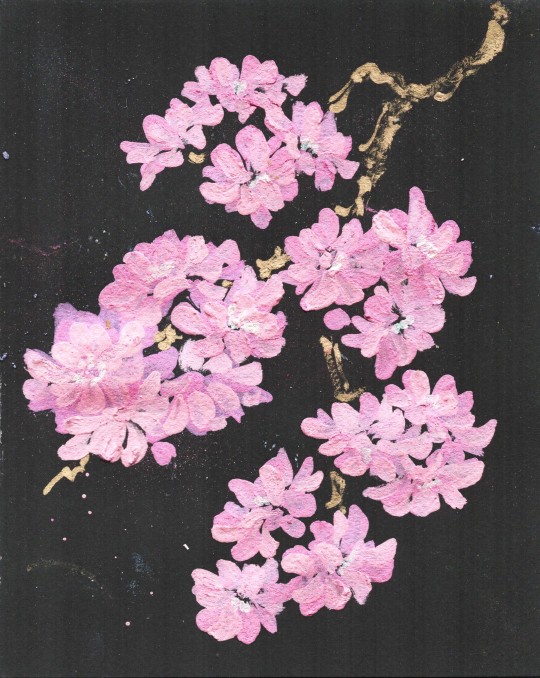
Raising Color
Watercolor On Black Paper
2024, 8"x 10"
Pink cherry Blossoms
#art#nature#trees#flowers#artists on tumblr#floral#watercolor#plants#minimalism#painting#garden#botany#fruit tree#spring#artist#artblr#artwork#cherry blossoms#cherry tree#cherry#cherry flowers#contemporary art#cottagecore#cottagecore aesthetic#pink#pink aesthetic#pink flowers
179 notes
·
View notes
Text

Pine cones taken from ‘Alpenflora’ by Gustav Hegi, Gustav Dunzinger.
Published 1905 by J.F. Lehmann.
archive.org
106 notes
·
View notes
Text
Cryptozoology is my favourite kind of fake science stuff. Wish there was also cryptobotany, like mothman but its just a really big fern in the middle of a field with literally nothing else around it , that spawned in the dead of night, might have killed a few people and never shows up in photos, and no one is sure its even real
49K notes
·
View notes
Text
Pair of Endangered Corpse Flowers Defy Odds to Bloom at Same Time–Now Bearing 700 Seeds https://www.goodnewsnetwork.org/pair-of-endangered-corpse-flowers-defy-odds-to-bloom-at-same-time-now-bearing-700-seeds/
34K notes
·
View notes
Photo

65K notes
·
View notes
Text
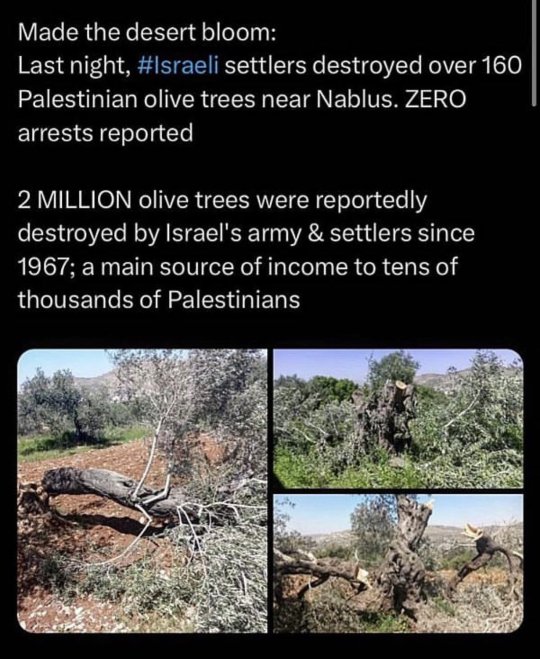


US literally is a teaching guide for war crimes.
#free palestine#politics#news#palestine#west bank#democrats#republicans#trees#botany#nature#native americans#military#woc#poc#women of color#colonialism#colonization#usa
8K notes
·
View notes
Text
Ancient redwoods recover from fire by sprouting 1000-year-old buds
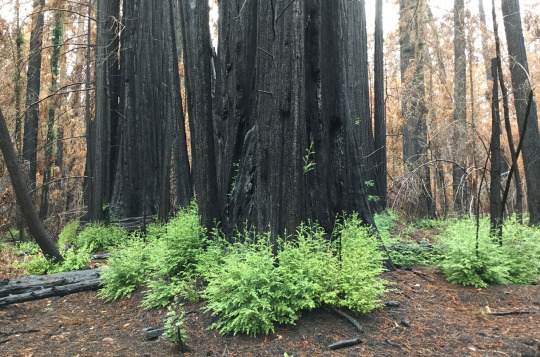
Article | Paywall free
When lightning ignited fires around California’s Big Basin Redwoods State Park north of Santa Cruz in August 2020, the blaze spread quickly. Redwoods naturally resist burning, but this time flames shot through the canopies of 100-meter-tall trees, incinerating the needles. “It was shocking,” says Drew Peltier, a tree ecophysiologist at Northern Arizona University. “It really seemed like most of the trees were going to die.”
Yet many of them lived. In a paper published yesterday in Nature Plants, Peltier and his colleagues help explain why: The charred survivors, despite being defoliated [aka losing all their needles], mobilized long-held energy reserves—sugars that had been made from sunlight decades earlier—and poured them into buds that had been lying dormant under the bark for centuries.
“This is one of those papers that challenges our previous knowledge on tree growth,” says Adrian Rocha, an ecosystem ecologist at the University of Notre Dame. “It is amazing to learn that carbon taken up decades ago can be used to sustain its growth into the future.” The findings suggest redwoods have the tools to cope with catastrophic fires driven by climate change, Rocha says. Still, it’s unclear whether the trees could withstand the regular infernos that might occur under a warmer climate regime.
Mild fires strike coastal redwood forests about every decade. The giant trees resist burning thanks to the bark, up to about 30 centimeters thick at the base, which contains tannic acids that retard flames. Their branches and needles are normally beyond the reach of flames that consume vegetation on the ground. But the fire in 2020 was so intense that even the uppermost branches of many trees burned and their ability to photosynthesize went up in smoke along with their pine needles.
Trees photosynthesize to create sugars and other carbohydrates, which provide the energy they need to grow and repair tissue. Trees do store some of this energy, which they can call on during a drought or after a fire. Still, scientists weren’t sure these reserves would prove enough for the burned trees of Big Basin.
Visiting the forest a few months after the fire, Peltier and his colleagues found fresh growth emerging from blackened trunks. They knew that shorter lived trees can store sugars for several years. Because redwoods can live for more than 2000 years, the researchers wondered whether the trees were drawing on much older energy reserves to grow the sprouts.
Average age is only part of the story. The mix of carbohydrates also contained some carbon that was much older. The way trees store their sugar is like refueling a car, Peltier says. Most of the gasoline was added recently, but the tank never runs completely dry and so a few molecules from the very first fill-up remain. Based on the age and mass of the trees and their normal rate of photosynthesis, Peltier calculated that the redwoods were calling on carbohydrates photosynthesized nearly 6 decades ago—several hundred kilograms’ worth—to help the sprouts grow. “They allow these trees to be really fire-resilient because they have this big pool of old reserves to draw on,” Peltier says.
It's not just the energy reserves that are old. The sprouts were emerging from buds that began forming centuries ago. Redwoods and other tree species create budlike tissue that remains under the bark. Scientists can trace the paths of these buds, like a worm burrowing outward. In samples taken from a large redwood that had fallen after the fire, Peltier and colleagues found that many of the buds, some of which had sprouted, extended back as much as 1000 years. “That was really surprising for me,” Peltier says. “As far as I know, these are the oldest ones that have been documented.”
... “The fact that the reserves used are so old indicates that they took a long time to build up,” says Susan Trumbore, a radiocarbon expert at the Max Planck Institute for Biogeochemistry. “Redwoods are majestic organisms. One cannot help rooting for those resprouts to keep them alive in decades to come.”
-via Science, December 1, 2023
#redwoods#california#wildfire#climate change#extreme heat#natural disasters#botany#plant biology#photosynthesis#santa cruz#hopepunk#sustainability#climate hope#united states#good news#hope
11K notes
·
View notes
Photo
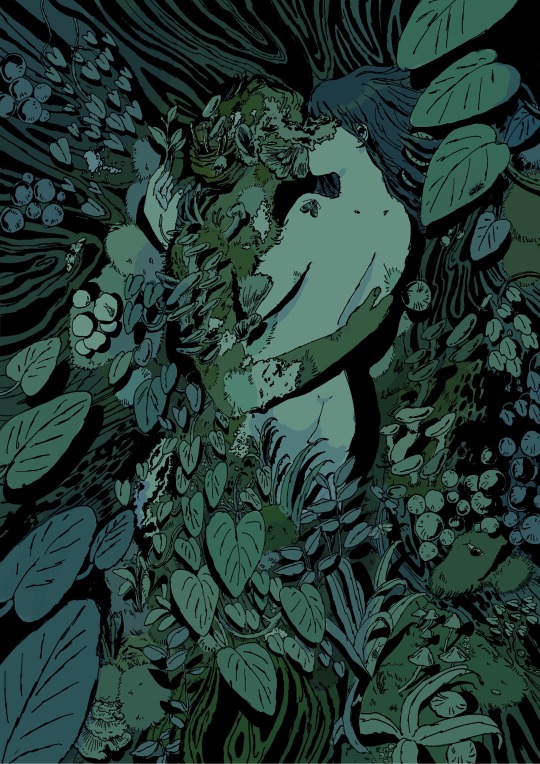
I thought the earth
remembered me, she
took me back so tenderly, arranging
her dark skirts, her pockets
full of lichens and seeds. I slept
as never before, a stone
on the riverbed, nothing
between me and the white fire of the stars
but my thoughts, and they floated
light as moths among the branches
of the perfect trees. All night
I heard the small kingdoms breathing
around me, the insects, and the birds
who do their work in the darkness. All night
I rose and fell, as if in water, grappling
with a luminous doom. By morning
I had vanished at least a dozen times
into something better.
(mary oliver, sleeping in the forest)
#my art#art#illustration#mary oliver#sleeping in the forest#poetry#body horror#plants#botany#fungi#artists on tumblr#lgbtq#lgbtq art#queer art#wlw art
35K notes
·
View notes
Text

Sequoia Brussels sprouts are delicious but it's pretty hard to finish one.
Bassica [Explained]
Transcript Under the Cut
[Cueball, Megan and another Cueball are standing in front of a Giant Sequoia]
Cueball: Did you know the Mighty Redwood is actually the same species as broccoli and kale? It's just a different cultivar.
Another Cueball: Wow!
[Caption below the panel] Every year or two, botanists add another plant to Brassica oleracea and see if anyone calls them on it.
8K notes
·
View notes
Text

"Trust Your Herbs" and a little snippet from What the Arts Teach by Elliot Eisner.
#art education#the arts#art process#art#traditional art#animal art#coyote#painting#acrylic#mixed media#primitive wiggles#naive art#anthropomorphic#botany#collage
3K notes
·
View notes
Text

Whisper Soft
Watercolor On Black Cotton Paper
2024, 10"x 8"
White Plum Blossoms
#art#nature#flowers#painting#trees#spring#plum#artists on tumblr#floral#watercolor#minimalism#plum blossoms#blossoms#plum flowers#plum tree#white flowers#white#blue#purple#contemporary art#artwork#flowering tree#cottagecore#cottagecore aesthetic#botany#plants#botanical#minimal#artist#flower
189 notes
·
View notes
Text
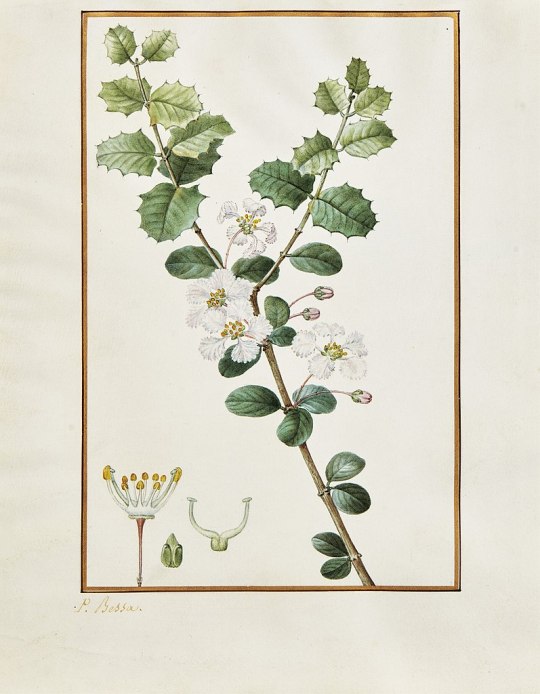
Flowering branch by Pancrace Bessa (1772–1835).
Graphite, watercolour, gouache, gum arabic.
christies.com
Wikimedia.
35 notes
·
View notes
Text
That's so cool! And they found a few of them, and they're now growing seedlings in greenhouses for eventual replanting!
Quercus tardifolia is a relic species leftover from when the climate was much cooler and wetter in the past, and can only really live in a few high-elevation spots in Texas. It's definitely still at risk of extinction due to increasing heat and drought caused by climate change, but the discovery means this species still has a chance.
#oak#oak trees#Quercus#Quercus tardifolia#Lazarus species#endangered species#extinction#trees#plants#botany#nature#climate change#global warming
4K notes
·
View notes
Text
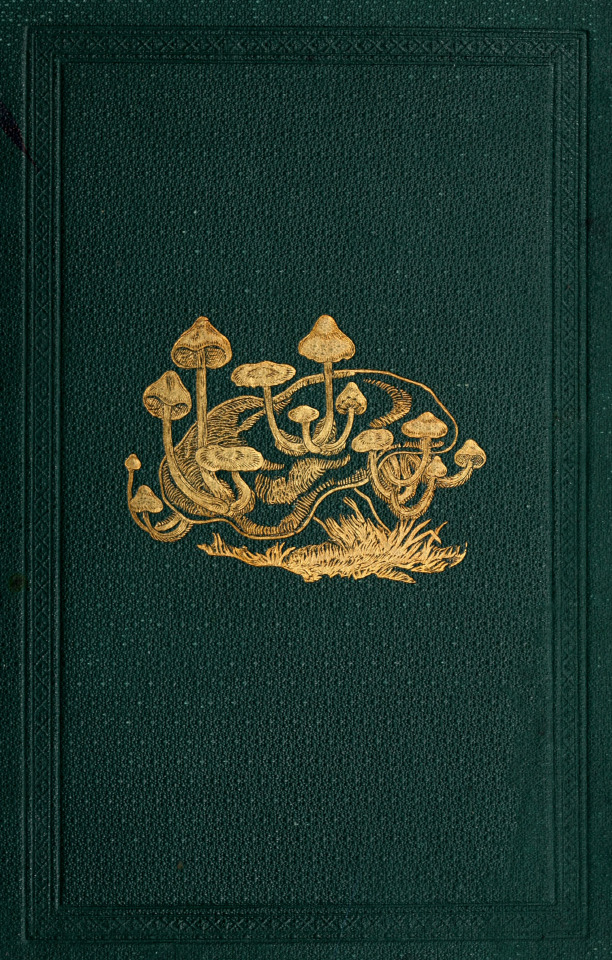
British fungi. 1886. Book cover.
Internet Archive
16K notes
·
View notes
Text

Juniper against the wind, Sardinia
by u/ZannaSmanna
#photography#nature#landscape#nature photography#landscape photography#art#curators on tumblr#aesthetic#green#naturecore#botany#trees and forests#contemporary art#portrait#trees
7K notes
·
View notes
Text

5K notes
·
View notes